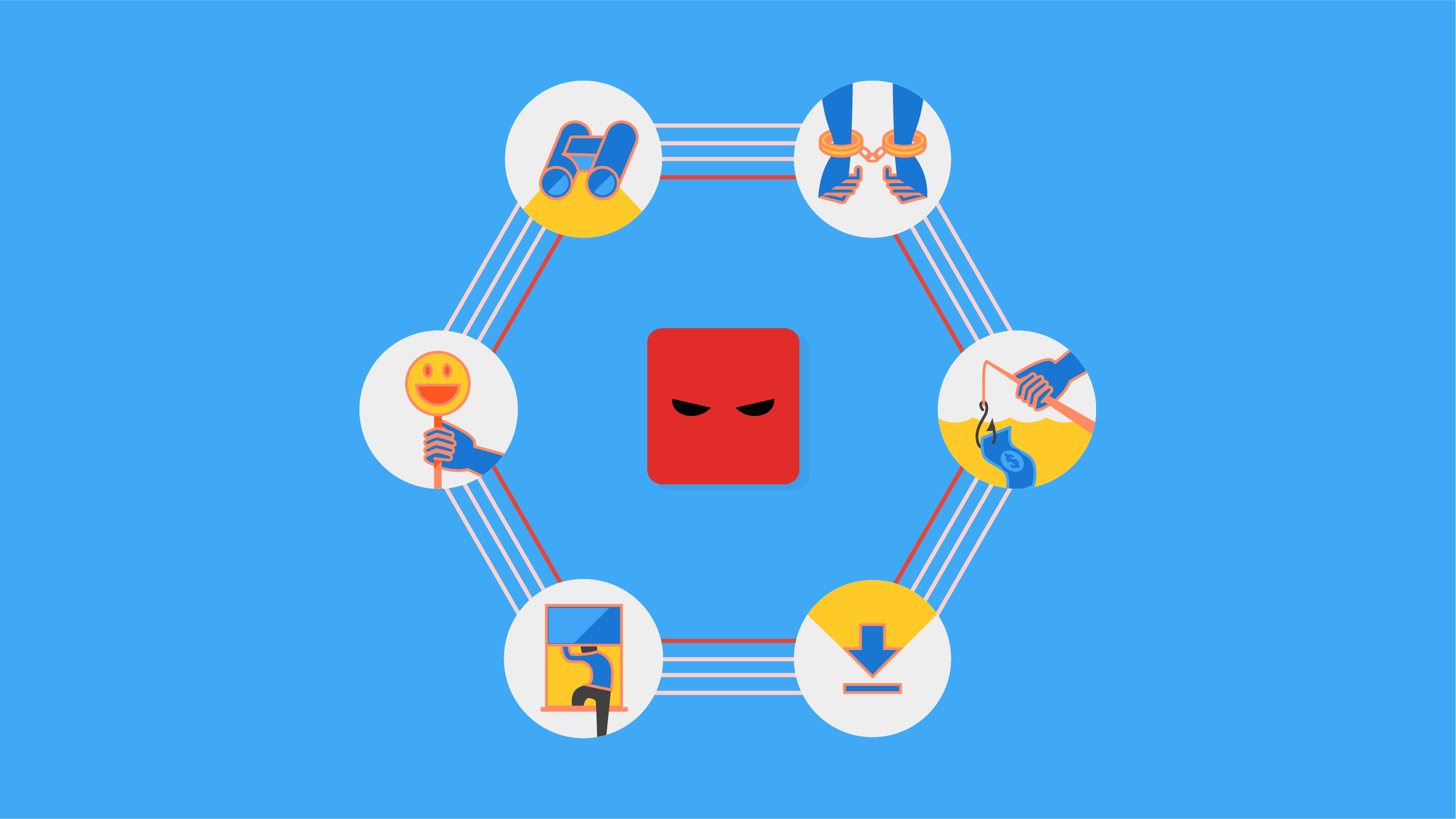Google Play Protect
Security starts at the application layer with Google Play Protect's built-in malware defense. Backed by Google's machine learning, it's always adapting and improving. Every day, Google Play Protect automatically scans all of the apps on Android phones and works to prevent the installation of harmful apps, making it the most widely deployed mobile threat protection service in the world.
On-device protection
Google Play Protect includes on-device capabilities that help keep devices and data safe. These on-device services integrate with cloud-based components that allow Google to push updates that constantly improve their functionality.
On-device securityCloud-based security
All Android apps undergo rigorous security testing before appearing in Google Play. Google Play Protect scans 200 billion Android apps daily to make sure that everything remains spot on. That way, no matter where you download an app from, you know it's been checked by Google Play Protect.




